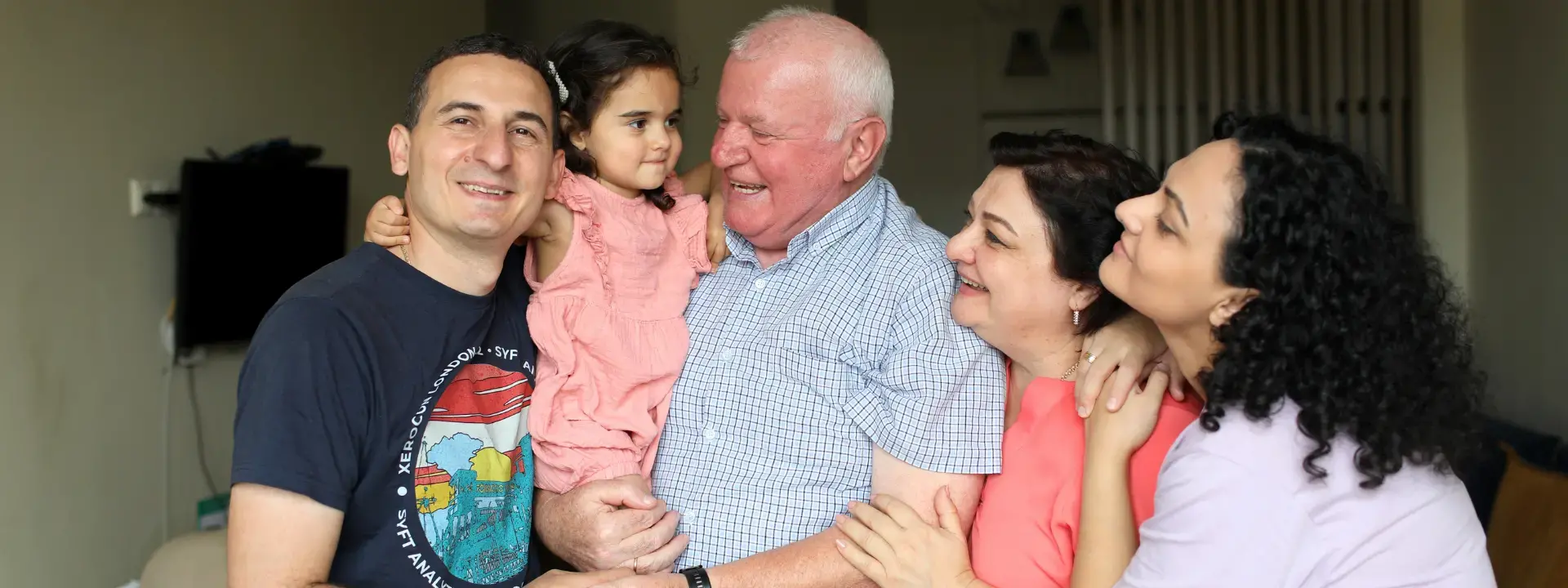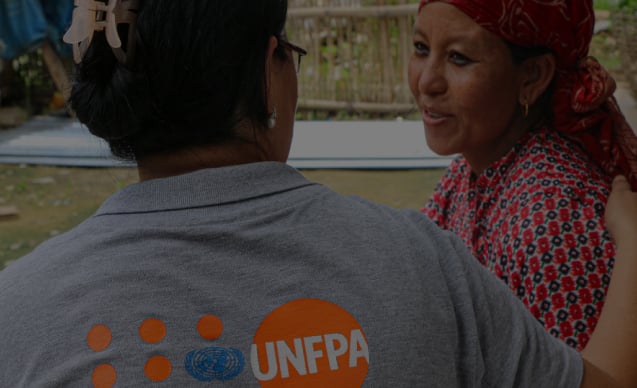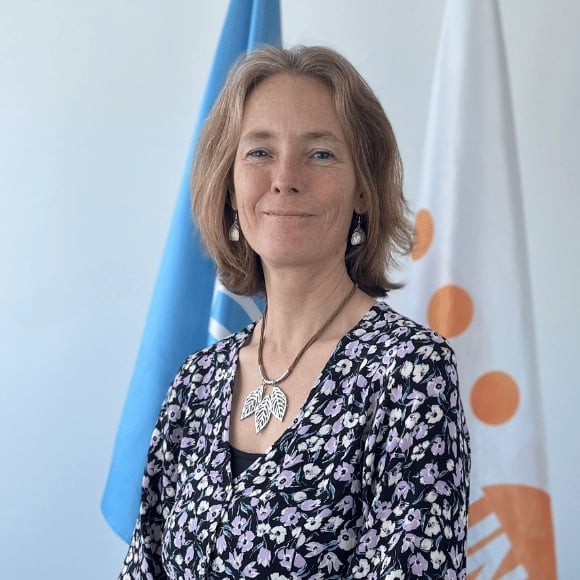Overview
UNFPA, the United Nations Population Fund, expands the possibilities for women and young people to lead healthy and productive lives.
UNFPA is the lead United Nations agency for delivering a world where:
We are making real progress. Since UNFPA started working in Eastern Europe and Central Asia in the early 1990s, the number – and rate – of women dying from pregnancy or childbirth has nearly halved. Women are better able to plan when to have children – and how many. Young people are more connected and empowered than ever before.
But not everyone has benefitted equally from this progress. Young women and men often face difficulties in accessing sexual and reproductive health (SRH) services. Serious barriers still exist for poor women, migrants, ethnic minorities and those who live in rural areas. Often left unprepared by school, young people bear a high risk of unintended pregnancy and sexually transmitted infections. As a result, too many adolescents give birth, too many women resort to unsafe abortions, and the Eastern Europe and Central Asia region has one of the world’s fastest growing HIV epidemics. Women face persistent discrimination and gender-based violence remains widespread.
Much more needs to be done to ensure that all individuals in the region can exercise their basic human rights, including those related to the most intimate and fundamental aspects of life.
And as societies grapple with the effects of population ageing, migration, and in some cases population decline, new policies are needed to build human capital through investment in health, education and job opportunities.
How we work
UNFPA is on the ground improving lives in about 150 countries worldwide and nearly 20 countries in Eastern Europe and Central Asia.
The Fund is a catalyst for progress. Working with governments, and through partnerships with other United Nations agencies, civil society, parliamentarians, and the private sector, we make a real difference in the lives of millions of people, especially those most vulnerable.
Our Regional Office in Istanbul and the Subregional Office in Almaty provide strategic support and technical expertise to the country offices that work on the front lines of development. We deliver policy advice, guidance, training and support to empower our partners and colleagues in the field.
UNFPA anticipates and responds to tomorrow’s challenges today. We help countries use population data to better understand and address the region’s demographic changes.
And we help ensure that the reproductive health and rights of women and young people, and achieving gender equality, remain at the very centre of development.




